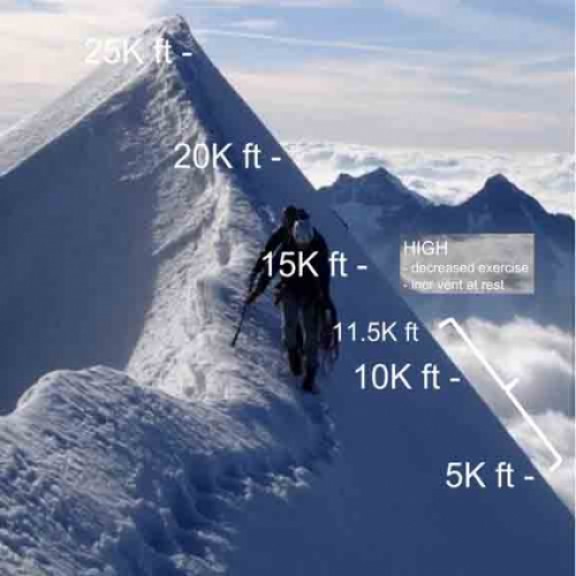Acute Mountain Sickness
2020-03-12 03:08:05
What is Acute Mountain Sickness?
Acute Mountain Sickness is a particularly important medical concern while trekking in high Himalayas of Nepal. Acute mountain sickness is caused by lower air pressure and lower oxygen levels at high altitudes. High altitude sickness means the negative effect of altitude on those who ascend too rapidly to elevations above 3000/10,000 ft. The happening of AMS is dependent upon the elevation, the rate of ascent, and individual vulnerability. Some people will experience mild AMS during the acclimatization process. This is actually more common in people who more likely to try a fast climb by racing up the mountain. It is far safer and more enjoyable to avoid altitude sickness by planning a sensible itinerary that allows for gradual acclimatization to altitude as you climb, but you could run back down as fast as you like!
What causes acute mountain sickness?
Acute mountain sickness is caused by low air pressure and lower oxygen levels at high altitudes. The faster you climb to a high altitude, the more likely you will get chance of acute mountain sickness. You are at higher risk for acute mountain sickness if you travel fast to a high altitude.
What are the symptoms of acute mountain sickness?
- Disturbed sleep/Insomnia, persistent headache
- Nausea, vomiting, Loss of appetite.
- Weakness, fatigue, heavy legs, lassitude,, slight swelling of hands and face.
- Dizziness, light headedness, confusion, disorientation, drunken gait.
- General feeling of malaise
- Shortness of breath and breathing irregularity, reduced urine output.
These symptoms must be considered very seriously in case of an appearance of any of the above mentioned symptoms and further ascent should be avoided or else more serious, even life-threatening troubles might happen. The only cure for Altitude Sickness is to slide down to lower elevations immediately. Acclimatize by ascending to no more than 300 to 500 meters per day above 3000 meters. The proper amount of rest and dehydrations are the best way for prevention of AMS. Gentle climb is always acceptable to try to avoid acute mountain sickness.
What are guidelines for the prevention of AMS:-
- Don´t fly or drive to high altitude. Start from below 3,000 and walk up.
- Climb high and sleep low!
- Increase your altitude by 300-500 meters per day only.
- Stay properly hydrated and drinks enough water.
- Urine output should be copious and clear to pale yellow.
- Avoid tobacco, alcohol and other depressant drugs
- High calorie diet while at altitude.
- If someone is sick in group, shouldn’t be left behind.
- If symptoms appear go down as soon as possible.
- He/she needs help and care.
How long does altitude sickness last?
- For all types of altitude sickness, the main treatment is to go down to a lower altitude as quickly and safely as possible. For mild altitude sickness, over-the-counter medicines should relieve headache. Other symptoms will be gone quickly at a lower altitude.
- Symptoms of moderate altitude sickness usually improve in 24 hours at an elevation that is at least 1,000 to 2,000 feet lower. Symptoms should go away completely within 3 days.
- People who have severe altitude sickness must be taken to a lower elevation (no higher than 4,000 feet) immediately. They must be seen by a doctor as soon as possible. Hospital care may be needed.
In conclusion, there are no worries about it for a perfect trekking but, light activity during the day is better than sleeping because respiration decreases during sleep.
We design the best itineraries to ensure maximum enjoyment of trek and to minimize possible hazardous happening.